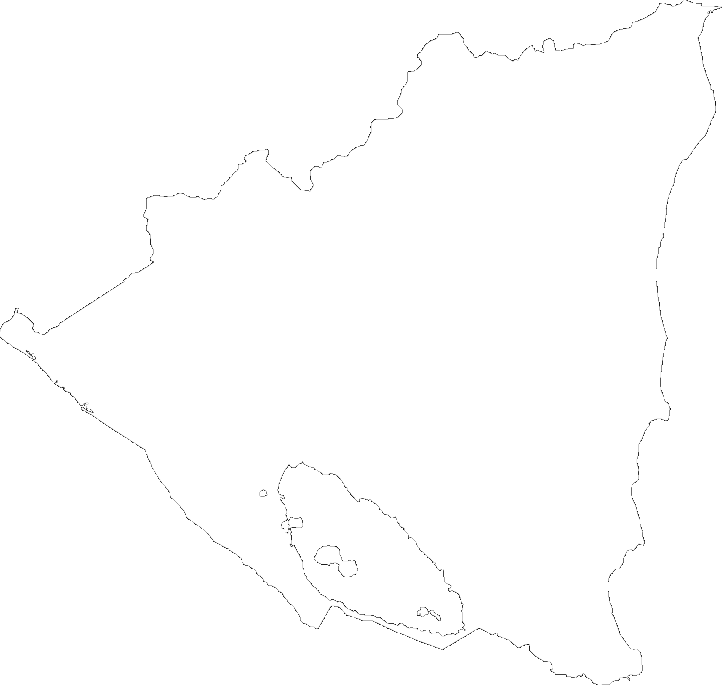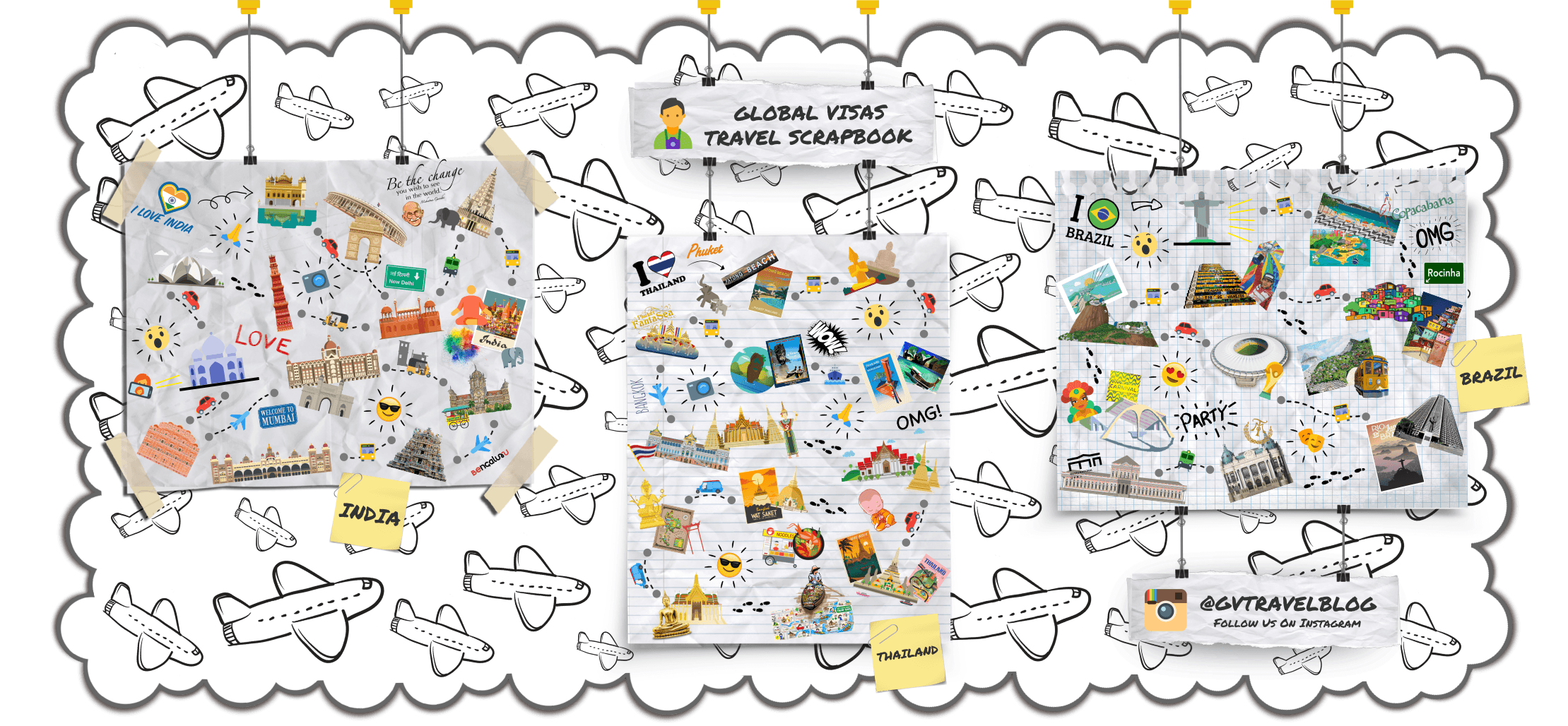EAT:
Nicaraguan food is very cheap for Western standards. A plate of food from the street will cost C$30-70. A typical dinner will consist of meat, rice, beans, salad (i.e. coleslaw) and some fried plantains, costing under US$3. Buffet-style restaurants/stalls called “fritanga” are very common, quality varies quite a bit. A lot of the food is fried in oil (vegetable or lard). It is possible to eat vegetarian: the most common dish is gallo pinto (beans and rice), and most places serve cheese (fried or fresh), fried plantains and cabbage salad. There are a ‘few’ vegetable dishes such as guiso de papas, pipián o ayote—a buttery creamy stew of potato, zucchini or squash; guacamole nica made with hard-boiled eggs, breaded pipian (zucchini), and various fried fritters of potatoes, cheese and other vegetables. However, the very concept of vegetarianism is unknown to the majority of Nicaraguans, especially in the countryside, and saying you “don’t eat meat” may get people to offer you chicken instead, which is considered distinct from “meat” (pork or beef).
If you like meat, grilled chicken and beef is delicious, the beef is usually good quality but often cooked tough. Also try the nacatamales, a traditional Sunday food, that is essentially a large tamal made with pork or beef and other seasonings, wrapped in a banana leaf and tied with a banana-leaf string (C$35-40). People who make them often sell them from their homes on Fridays, Saturdays, and Sundays; watch for signs that say, “Hay nacatamales” (“We’ve got nacatamales”).
Indio Viejo is a corn meal (masa) based dished made with either shredded chicken or beef and flavored with mint. The typical condiment is “chilero” a cured onion and chile mixture of varying spiciness depending on the cook. Nicaraguan food is not known for being spicy, though either chilero or hot sauce is almost always available (but be prepared for strange looks if you use them extensively).
While nowhere near as omnipresent as in neighboring Costa Rica, salsa Lizano (a kind of Worcestershire-like sauce) can usually be had with your meal and is sold in most supermarkets. Soy sauce (salsa china) and Worcestershire sauce (salsa inglesa) are commonly sold in supermarkets as well. If they don’t have it, just ask.
The typical Nicaraguan diet includes rice, small red beans, and either fish or meat. Nicaraguans pride themselves for their famous gallo pinto that is a well-balanced mix of rice and beans and is usually served during breakfast.
Nicaraguan tortillas are made from corn flour and are thick, almost resembling a pita. One common dish is quesillo: a string of mozzarella-type cheese with pickled onion, a watery sour cream, and a little salt all wrapped in a thick tortilla. It can be found on street corners or in the baskets of women who walk around shouting “Quesiiiiiillo”. The most famous quesillos come from the side of the highway between Managua and Leon in Nagarote (they also serve a local drink, tiste) and La Paz Centro. The best selection of cheeses, from quesillo to cuajada, is in Chontales.
A typical dish found for sale in the street and in restaurants is Vigoron, consisting of pork grind, yuca and cabbage salad, chilis can be added to taste.
Fritangas (mid to large street side food vendors and grills that usually have seats and are found in most residential neighborhoods) typically sell grilled chicken, beef and pork and fried foods. They also commonly sell “tacos” and “enchiladas” that can be delicious but have very little in common with their 2nd cousins-once-removed in Mexico. Tacos are made with either chicken or beef rolled up in a tortilla and deep fried, served with cabbage salad, cream, sometimes ketchup or a homemade tomato sauce, and chile on the side. “Enchiladas” don’t have anything enchiloso about them (not spicy). They are a tortilla filled with a beef and rice mixture, folded in half to enclose the mixture, covered in deep fry batter and then yes, deep fried. They are served similarly to tacos.
One alternative to the fried offering in the typical menu is carne en baho. This is a combination of beef, yucca, sweet potato, potato and other ingredients steamed in plantain leaves for several hours.
One typical dessert is Tres Leches which is a soft spongy cake that combines three varieties of milk (condensed, evaporated and fresh, hence the name) for a sweet concoction. Your diet expert and your dentist will hate it, but as it is typically only eaten at special occasions, it is okay to indulge once in a while.
On the Caribbean coast you can have pretty much anything “de coco” (with or made out of coconut) try pan de coco (coconut bread)or gallo pinto with coconut. A famous delicacy of the Caribbean coast is rundown (sometimes spelled and pronounced ron-don) which consists of fish and some other ingredients cooked until the fish “runs down” as it takes a lot of time to prepare it should be ordered up to a day in advance and preferably for more than one person.
Fruit:
Plantains are a big part of the Nicaraguan diet. You will find it prepared in a variety of forms: fried (subdivided into maduros/sweet, tajadas/long thin fried chips, and tostones/smashed and twice fried), baked, boiled, with cream or cheese, as chips for a dip. Green bananas and guineo bananas are also boiled and eaten as side dishes. Ripe (yellow plantains) (platanas maduros) can be eaten fresh as well, also people don’t seem to do it too often; they are less sweet, and have a more “substantial” taste than bananas.
Passion fruit (known in international Spanish as maracuya, and in Nicaragua more commonly as calala) is fairly common in Nicaragua. Nicaraguans seem to prefer to use them for making sweetened drinks (refrescos) etc, but they can be eaten fresh as well. They are especially good with ice cream or plain yogurt.
Most of oranges you’ll see grown in Nicaraguans’ yards are of a sour kind; almost as sour as a lemon, or sometimes even a bit bitter, they are not eaten, but are squeezed for juice. You can do it as well; squeeze the juice of 1-2 oranges (which will amount to a few tablespoons) into a cup, fill the rest of the cup with water, and some sugar to taste – and here’s your cup of lemonade!
Mangoes grow on huge trees, and are harvested by means of mesh bags attached to long poles; sometimes people just hurl a few rocks into a tree to pick a few fruit to eat. During some parts of the year, or in some towns with little trade, you may not see any mangoes available for sale, but you may find a lot of them on the ground under roadside mango trees. If you take the trouble to pick some of those least damaged by the fall and pests, and to wash them, you may find them actually tastier than those on sale!
If you travel to Chinandega, ask the locals who sells “Tonqua” It is a great fruit that is candied in sugar and is only available in Chinandega. Most Nicaraguans outside of Chinandega do not know what Tonqua is. Tonqua is a Chinese word for a fruit, because tonqua is a plant that Chinese immigrants introduced to the Chinandega area.
Shopping for groceries:
Nationwide supermarket chains include Palí (the cheapest and most crowded), La Union, and La Colonia (the most upscale one, with slightly higher prices and the widest selection of imported goods). A few Walmarts exist as well (mostly in Managua); in fact, Palí (and maybe some other chains too!) are owned by Walmart. Smaller towns, such as Ometepe’s Moyogalpa and Altagracia, may only have smaller independent supermarkets.
Nicaragua being a small country, it appears that for most products most stores carry the same small set of brands. For example, in the dairy aisle you’ll usually find Eskimo (a Nicaraguan national brand), and may also see some products by Parmalat (an international brand) and Dos Pinos (out of Costa Rica).
Local grocery stores (pulperias) are typically tiny; in smaller communities, they are no more than kiosks, or simply someone selling a few products from his living room. Often, no refrigerator or freezer is available in small stores; so milk is sold in UHT boxes, and cheese is very salty (to slow spoiling). Panaderias and pastelerias, where available, sell fresh bread and pastries.
Most cities have large markets, where all kind of produce, bread, cheese, and sweets can be found.
When buying packaged dairy products in supermarkets, pay attention to labels: some of them (sour cream, milk in plastic bags, sometimes ice cream) may be adulterated with vegetable fats.
DRINK:
Rum is the liquor of choice, though you will find some whiskey and vodka as well. The local brand of Rum is Flor de Caña and is available in several varieties: Light, Extra Dry, Black Label, Gran Reserva (aged 7 years), Centenario (aged 12 years) and a new top-of-the line 18 year old aged rum. There is also a cheaper rum called Ron Plata.
Local beers include Victoria, Toña, Premium, and Brahva. Victoria is the best quality of these, similar in flavor to mainstream European lagers, while the others have much lighter bodies with substantially less flavour, and are more like the palid mainstream US lagers. A new beer is “Victoria Frost” which is similarly light.
In the non-alcoholic arena you will find the usual soft drinks such as Coca-Cola and Pepsi Cola. Local drinks include pinolillo and cacao,which are delicious drinks from cocoa beans, corn and milk and usually some cinnamon, a thick cacao based drink; Milca, the first red soda in Nicaragua; and Rojita, a red soda that tastes similar to Inca Cola or “Red Pop” (if you’re from Texas or the southern United States).
Nicaraguans drink a huge variety of natural fruit juices and beverages (jugos naturales which are usually pure juices, and (re)frescos naturales which are fresh fruit juices mixed with water and sugar). Popular are tamarind, cantelope, watermelon, hibiscus flower (flor de Jamaica), limeade, orange, grapefruit, dragon fruit, star fruit (usually mixed with orange), mango, papaya, pineapple, and countless others. “Liquados” or shakes of fruit and milk or water are also popular, most common are banana, mango or papaya with milk. Also common and very traditional are corn and grain based drinks like tiste, chicha (both corn), cebada (barley) and linaza (flaxseed). Most fresh drinks are around C$10–20. As in other parts of Central America, avoid juices made with water if you are not conditioned to untreated water, unless at a restaurant that uses purified water (in Spanish: agua purificada).
If you don’t like ice (hielo) in your drink just say so otherwise you will be getting huge chunks of ice that may or may not be made from purified water and thus defeat the purpose of avoiding tap water by ordering coke.
A word on bottle deposits: while almost all plastic bottles and cans don’t have a deposit, glass bottles do. In some small pulperias (family-owned mini-stores for everything) you may not be allowed to take a glass bottle with you unless you bring them an empty bottle in exchange. So either you will have to drink your coke there or they give you a small plastic bag with a straw to take the drink (but not the bottle) with you. Street vendors of home-made soft drinks ((re)frescos) would often have them in plastic bags as well; spiced vinegars are sold in markets in such bags too.









